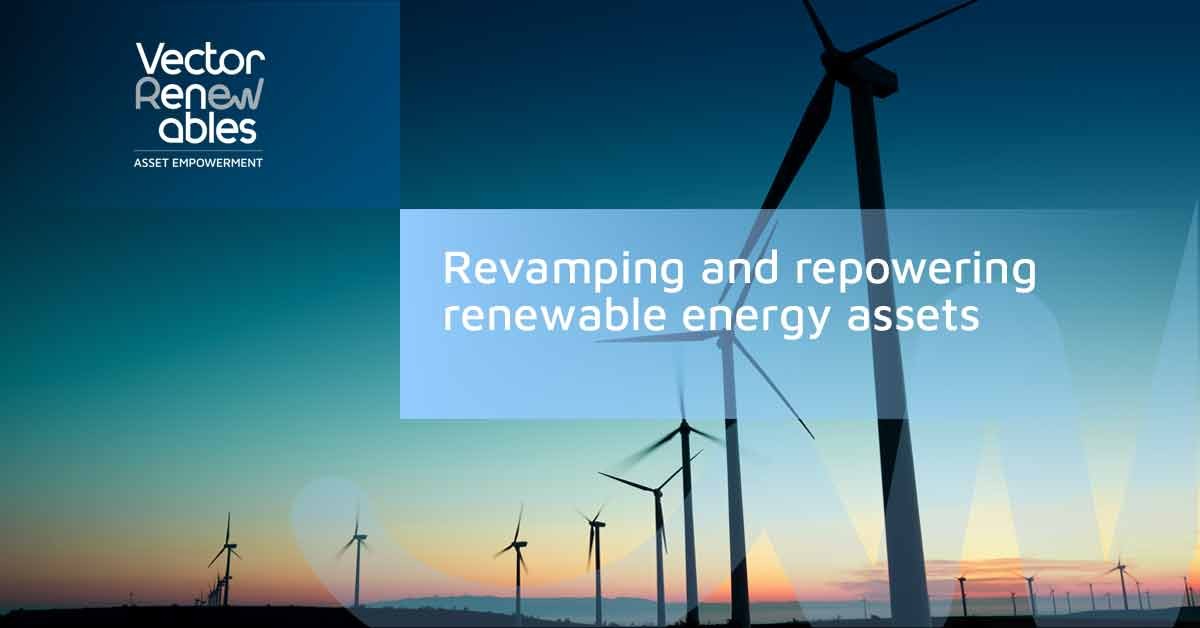Revamping and repowering renewable energy assets
Revamping and repowering are two terms that inevitably come up when it comes time to retrofit a renewable energy power plant. Both concepts have made their way into the spotlight in recent years, and the European Union has even included them in several of its renovation plans to promote the upgrading of renewable energy installations in member states.
Beyond boosting asset performance and extending their useful life, it’s important to underscore that both processes play an important role in the development of all technologies.
What’s the difference between revamping and repowering?
Because they’re often used as synonyms when referring to retrofitting equipment in a renewable energy facility, the terms revamping and repowering can lead to some confusion, although each serves a different purpose. Let’s take a closer look:
● Revamping involves replacing parts that are underperforming because of the ageing of the asset. These distressed plants are no longer performing to their original specifications and/or are not covered under the manufacturer’s warranty. Revamping extends the useful life of a plant that has been putting out less power due to degraded components, yet it still may experience issues in the short term. The purpose of revamping is to improve ROI, extend component warranties and cut down on maintenance costs.
● By contrast, repowering aims to replace degraded components with new ones to inject more power into the grid. The main goal here is to increase the power rating of the plant, mainly because components degrade over time (20 to 25 years) and can no longer produce the same power as they were initially designed to generate.
Obviously, both terms are related to updating power plants and both approaches should be considered when it comes to improving the conditions of a renewable asset.
Many factors can cause renewable energy parks to deteriorate before their end of their useful life, with some of the most common reasons including:
● Aging and degradation of the main equipment and its components (modules, turbines, inverters, etc.).
● Severe weather conditions, including rain, high temperatures, strong winds, extreme humidity and high salinity.
● Installation misuse or inadequate maintenance.
● Suboptimal design or execution for the installation conditions, which has resulted in lower than projected performance. For example, mistakes made when laying trenches, wrong cable gauges and overheating of equipment and components that lead to thermal losses.
● Wrong choice of technologies for the site conditions.
We’ve already discussed in a previous article that the support of a specialized consultant is crucial when it comes to avoiding these problems; an expert handles ‘technical consulting’ or 'property engineering’ in the design and construction phases, ensuring that specific quality standards are met while boosting the plant’s productivity.
When is the right time to revamp/repower and/or extend the life of an asset?
Depending on the installation and circumstances, these measures may be necessary at different times. But there are several key moments to keep in mind:
1. When its useful life is coming to an end.
2. When the installation starts to break down or show signs of deterioration.
3. After confirming that efficiency is suboptimal, and that the installation is not performing to the expected standard.
4. When there have been major technological advancements that can boost performance.
5. When administrative conditions warrant it: consider the plant’s permits, its deterioration or whether the government allows equipment replacements for reasons other than breakdowns.
6. Taking the LCOE (levelized cost of electricity) into account is important when it comes to repowering renewable projects because this measure can help determine whether repowering is a profitable option or not. If it costs more to repower a project than to build a new project altogether, then repowering is likely not the most cost-effective option.
How to retrofit a renewable energy installation
1. Evaluate the installation to identify potential improvements.
2. Develop a detailed proposal that includes the equipment and components that require upgrading and/or reconditioning (by offering a guaranteed, set purchase price for the energy produced by a repowered facility, a PPA can help cover investment costs and reduce the financial risks associated with retrofitting).
3. Design a revamping/repowering and/or extension of useful life plan.
4. Implement the plan and all the steps that have been defined.
5. Regularly monitor and measure performance.
6. Schedule maintenance works and assign maintenance managers.
Bad project design can lead to big losses, as we’ve seen in this article. Need help designing, operating, retrofitting and/or extending the life of your wind or solar farm? Then make sure you work with the right specialists. Vector Renewables can provide you with all the advice you need from start to finish, anywhere in the world.
When you subscribe to the blog, we will send you an e-mail when there are new updates on the site so you wouldn't miss them.

